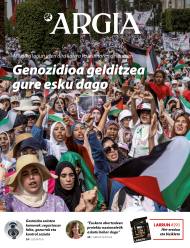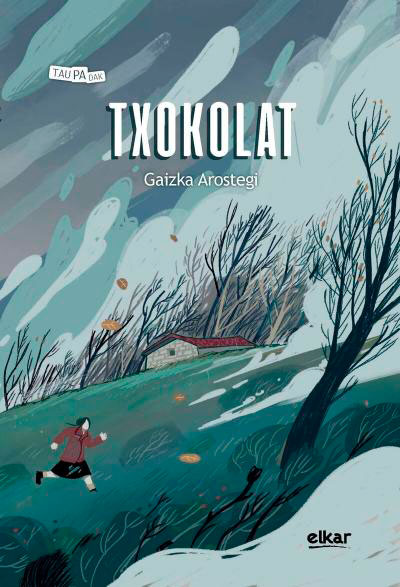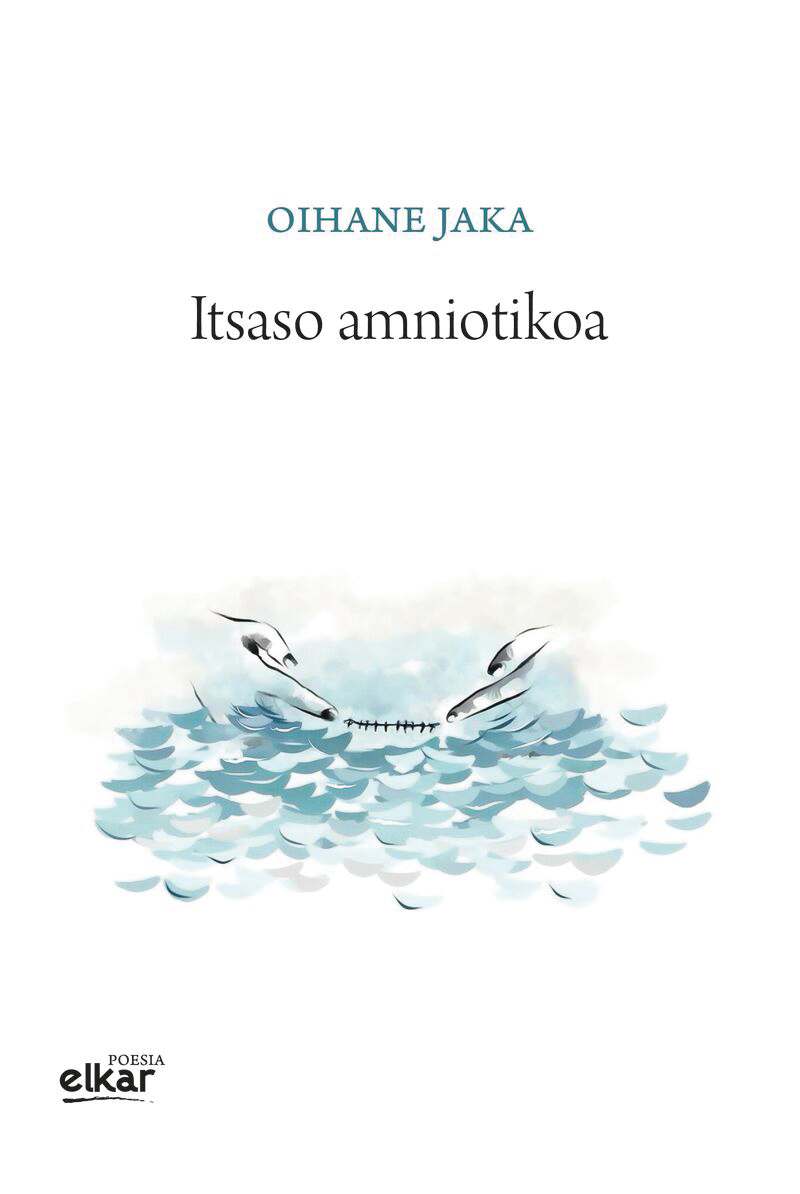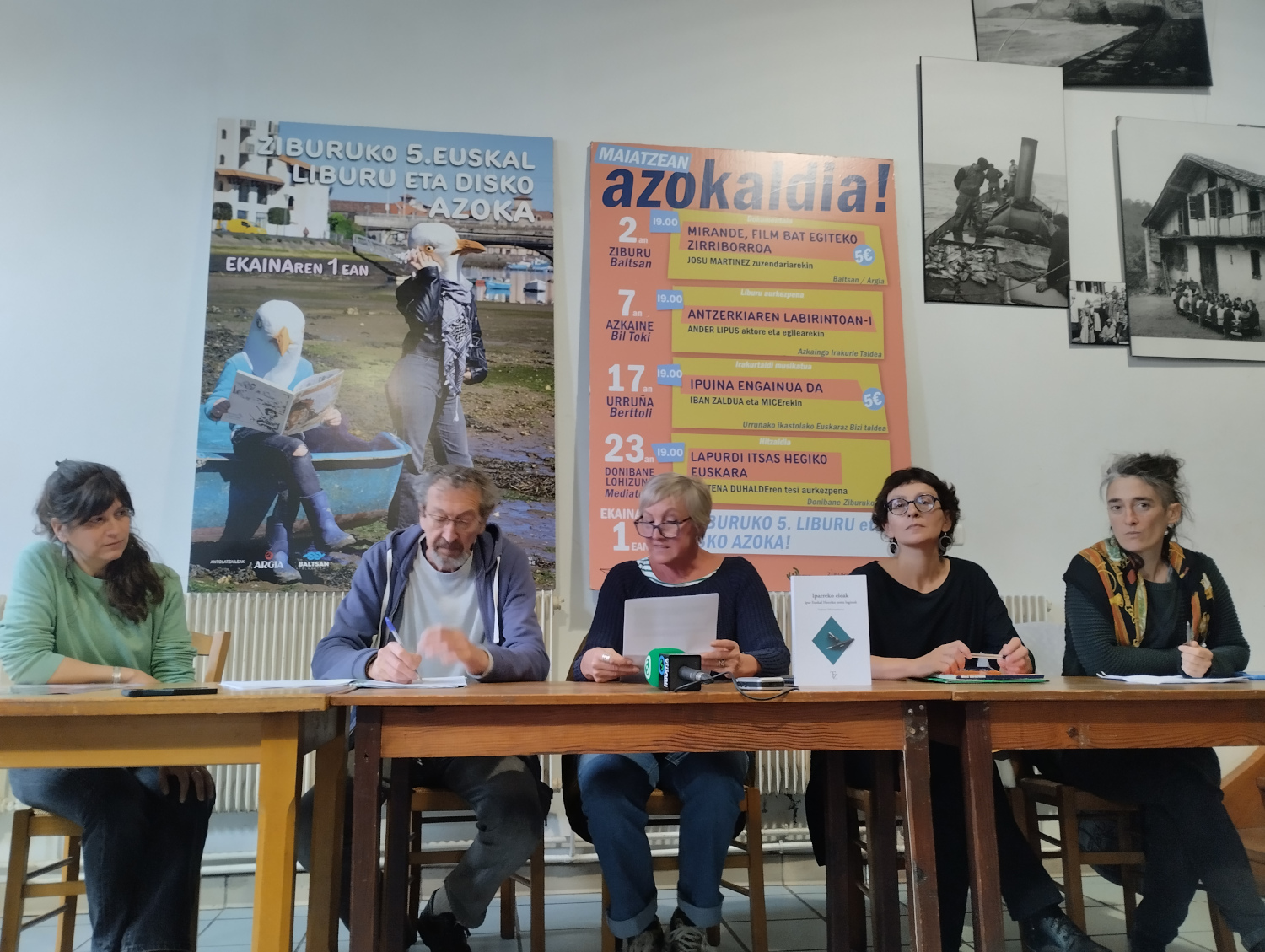Of life
- Life is an unsafe path. There's nothing sure we know, if there's knowledge. As we were born, we will all die. But we live on the back of that evidence in Western cultures. The oral literatures are the literary spaces that have received information about death, funeral celebrations, the deceased, post-mortal care. Examples of this are the texts or books of different cultures that have come to us in writing: the book of life and death of the Tibetans, the book of the Dead of Egypt and others. They include the wisdom of the millennium, testimony of an oral transmission and of man's action. They mix examples of care that make us interdependent, the magic of helping someone's last moments, the questions and doubts of the dying, the possibility of having a last sacred trip or the reflections that life generates. In them death is compared with transformation and alchemy, with cyclicity.

Elisabeth Kluber Ross studied medicine and, unlike other doctors, saw the need to help her complete her and help her die. He made important contributions in the construction of the current form of palliative care and with what he observed and learned in his work published in 1969 the book On Death & Dying. His success led him to study and write about death. In addition, he continued to work to help patients and family members die, expanding and modifying their view on the subject.
I'd like to introduce the following book: the autobiographical account of the daughter who loses her mother. In her book Ritual of Mourning, Isabel de Naveran narrates the process of death of a woman who chooses death by suffering from a degenerative disease. The situation of grief makes us change the sensitivity; we look at details until then unconscious, we see things that we would not look at, encourages us to have clear dreams ... The author writes from this emotional space that is grief, with a sensitive and respectful tone, sewing with words an emotional process. In this case, daily care, contradictions and routines intertwine with dreams, giving way to reason as well as unconscious. The reader has the privilege of reading (and representing) how they do the book and accompanying in the process of death. The text shows beauty. The light is soft and warm and picks up the reading. Love picks up a dead person but who is still going to be among them for a few hours. It's very human.
I don't want to believe it's about killing oneself / we can't admit that here / - and the red goalkeeper - was to kill. What you've read is part of the poem book Itsaso kontra bat. Written by the author in the months before death and published after death. These lines focus on the doubts and questions generated in the last hour. Fears. The poem goes on like this. Personal time / arrival, / hour... / a fear. / What fear?/ like the love loves of love left here / the need to make them suffer. It's a raw book, full of images, with the strength of a often beaten sea, which is like a sea against it. A living book about death.
On the other hand, in the Tale of the Bank of Oihane Amantegi, the deceased is a newborn child and the narrative voice is of his twin sister: And so in early March of the following year, when the river overflowed, I was born with my twin sister. The twins, the same, the mirror, the nose of the mouth and nose, the hands and navel of the navel, one after the other, but death first appeared, alive and then mortal. The book speaks of emptiness, pain and mourning that leads to the premature death of the daughter of one and the sister of the other. It flexibilizes life and the limits of death, uses the inner world of the protagonist, imagination and fantasy to fill his sister's absence and presence. As Idoia Asurmendi sings the game of armchairs in the song: And how much you can occupy something that isn't there ...
As we have seen, the subject gives a lot, and there are many books that talk about death. I've made a personal selection here, it's a sample. Although they could be other books, the selected ones are those mentioned.
As for children and youth literature, in the boat of the Grandfather of Mariasun Landa, Jakes and Tim Bowley and Natalie Pudalov, the song of Idoia Garzes and Belatz Kua, Hili de Uxue Alberdi or the brothers León Corazón de Astrid Lindgren are some of the topics discussed. Full of beautiful metaphors, full of existentialist and philosophical questions, including a book of adventures... Through these proposals we will be able to address death from different places, forms and looks. As for pitch, we will also find diversity and wealth: some are exciting, others invite us to reflect and we will discover humor. For each reader to choose according to their taste, choice and time.
The Night of Souls, Gaba Baltza, All Saints, Halloween or Shamain. The night from 31 October to 1 November is between the fall equinox and the winter solstice. The days start to cut and the darkness starts to take over. Winter is nearby. The bear falls asleep. Trees, forests have been naked by the wind. Silence has prevailed. Birds fly in search of warmer places.
The souls of the dead also address their original homes. But you see the plastic pumpkins? Will our dead know that Halloween is the day of their return? Will our children understand something when they say “wedge or prize”? Josu Ozaita and Jaime Altuna in the book The Rebirth of Pumpkins Off, Josu Ozaita and Jaime Altuna perfectly depict the development and tradition of this day in Euskal Herria and in an interview made by the anthropologist Oier Araolaza for Barren magazine, which in Euskal Herria drank the pumpkins, candles, candles and babies. It proposes a beautiful verbal formula closer to our tradition: Give candy to us. So that our months find their way home in the absence of real pumpkins.
The sound of the door was heard while they were having dinner. The stars of the sky said the sabbata was ripe,” thus begins this short novel by Gaizka Arostegi, when Gestapo's "dogs" touch Sara's home door and her parents. As the reader would conclude, this is a novel set in the... [+]
Leaving behind books, libraries and their benefits in April, Kabiak Sahrawi wishes to recall the dark side of his history, which is of greater importance in defending the identity and survival of peoples. We are talking about the destruction of the age-old and usual libraries... [+]
We opened the poems book by Oihana Jaka and found two deals. One father and another son. It is worth noting for its direct relationship with the poems we will find. The book is structured in three parts:
Hamaika urte, Hamaika hilabete eta Hamaika egun. Number eleven is also... [+]














